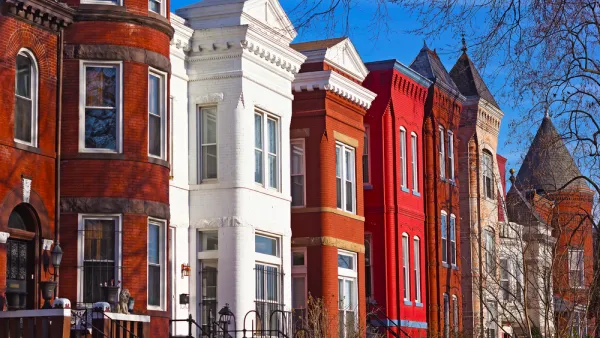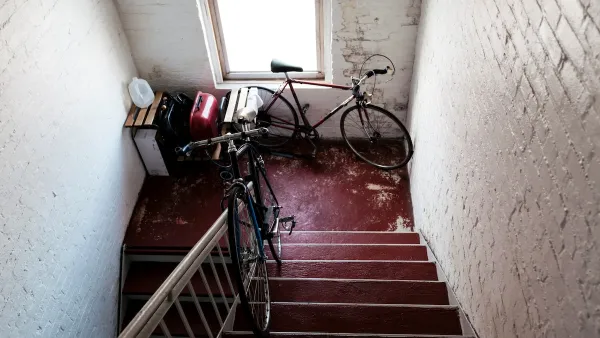Mukta Naik, a consulting planner with Indian housing firm micro Home Solutions, discovers that grand plans for a 'slum-free India' missed the mark on one key point: the lives of slum dwellers.
The government of India has launched an ambitious housing policy plan, dubbed "Rajiv Awas Yojana" (after former Prime Minister Rajiv Gandhi), centered around a vision to eradicate the nation's slums. With roughly 110 million people living in makeshift homes "with variable access to basic services like water, sanitation and sewage," the government has set before itself a herculean task that, according to Naik, is completely out of touch with the lives it was meant to improve.
Two years ago, charged with the task of implementing RAY locally, social housing initiative micro Home Solutions (mHS) worked closely with a community in Sundernagari, East Delhi, alongside a community-based NGO to design a new, equitable, accessible housing development. But over the course of the project, Naik came to a number of challenging realizations.
"We learnt early on that the community detests the concept of high-rise living, has no faith in elevator technology and since they work from home, their livelihoods are directly impacted by apartment living... Sundernagari residents held a plot of land, however small, as their ideal form of housing. Our carefully created multistorey apartment design, which tried to accommodate their every expressed need, meant nothing at all to the community."
The firm found that the constraints set forth in RAY were often incompatible with the lifestyles of slum dwellers. For example, the government plan specified 25m² units for each family, the adequacy of which both mHS and residents questioned for multi-generational living arrangements – the status quo in India, especially in poor families. While mHS was able to devise a number of features to meet community needs, the plan remains on paper indefinitely.
"For professionals to be sensitive to slum dwellers' needs," he concludes, "we need to spend time in their homes, participate in their community activities, listen to their grouses and appreciate their abilities."
FULL STORY: How do we reconcile the planner's perceptions with the slum dwellers' reality? India's Rajiv Awas Yojana

Analysis: Cybertruck Fatality Rate Far Exceeds That of Ford Pinto
The Tesla Cybertruck was recalled seven times last year.

National Parks Layoffs Will Cause Communities to Lose Billions
Thousands of essential park workers were laid off this week, just before the busy spring break season.

Retro-silient?: America’s First “Eco-burb,” The Woodlands Turns 50
A master-planned community north of Houston offers lessons on green infrastructure and resilient design, but falls short of its founder’s lofty affordability and walkability goals.

Test News Post 1
This is a summary

Analysis: Cybertruck Fatality Rate Far Exceeds That of Ford Pinto
The Tesla Cybertruck was recalled seven times last year.

Test News Headline 46
Test for the image on the front page.
Urban Design for Planners 1: Software Tools
This six-course series explores essential urban design concepts using open source software and equips planners with the tools they need to participate fully in the urban design process.
Planning for Universal Design
Learn the tools for implementing Universal Design in planning regulations.
EMC Planning Group, Inc.
Planetizen
Planetizen
Mpact (formerly Rail~Volution)
Great Falls Development Authority, Inc.
HUDs Office of Policy Development and Research
NYU Wagner Graduate School of Public Service



























